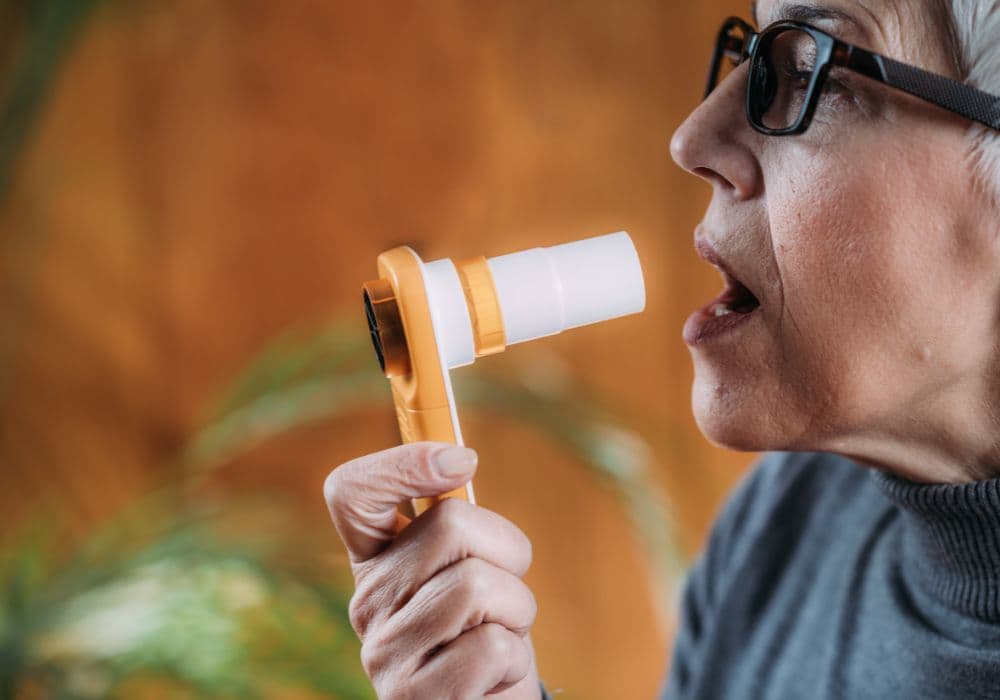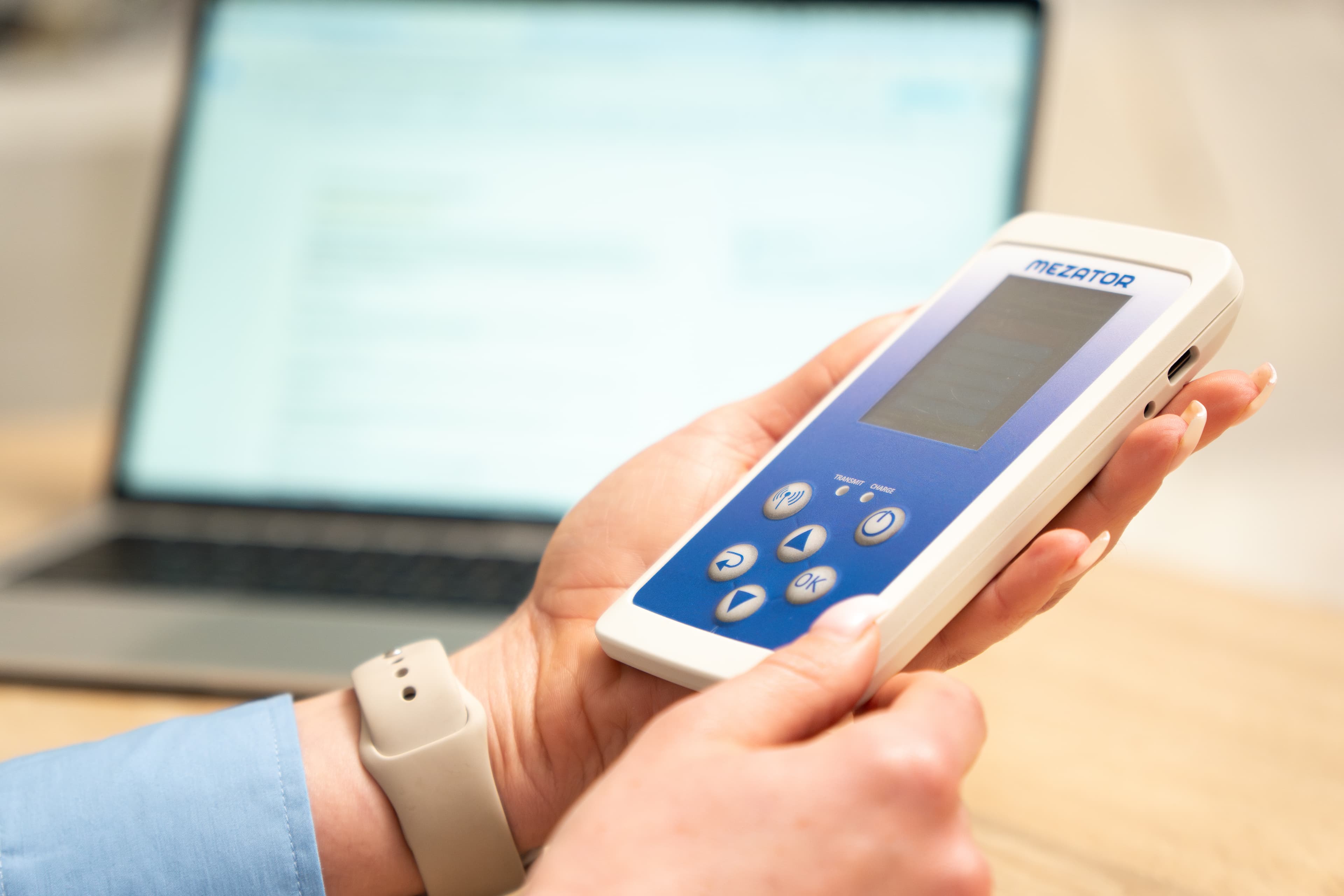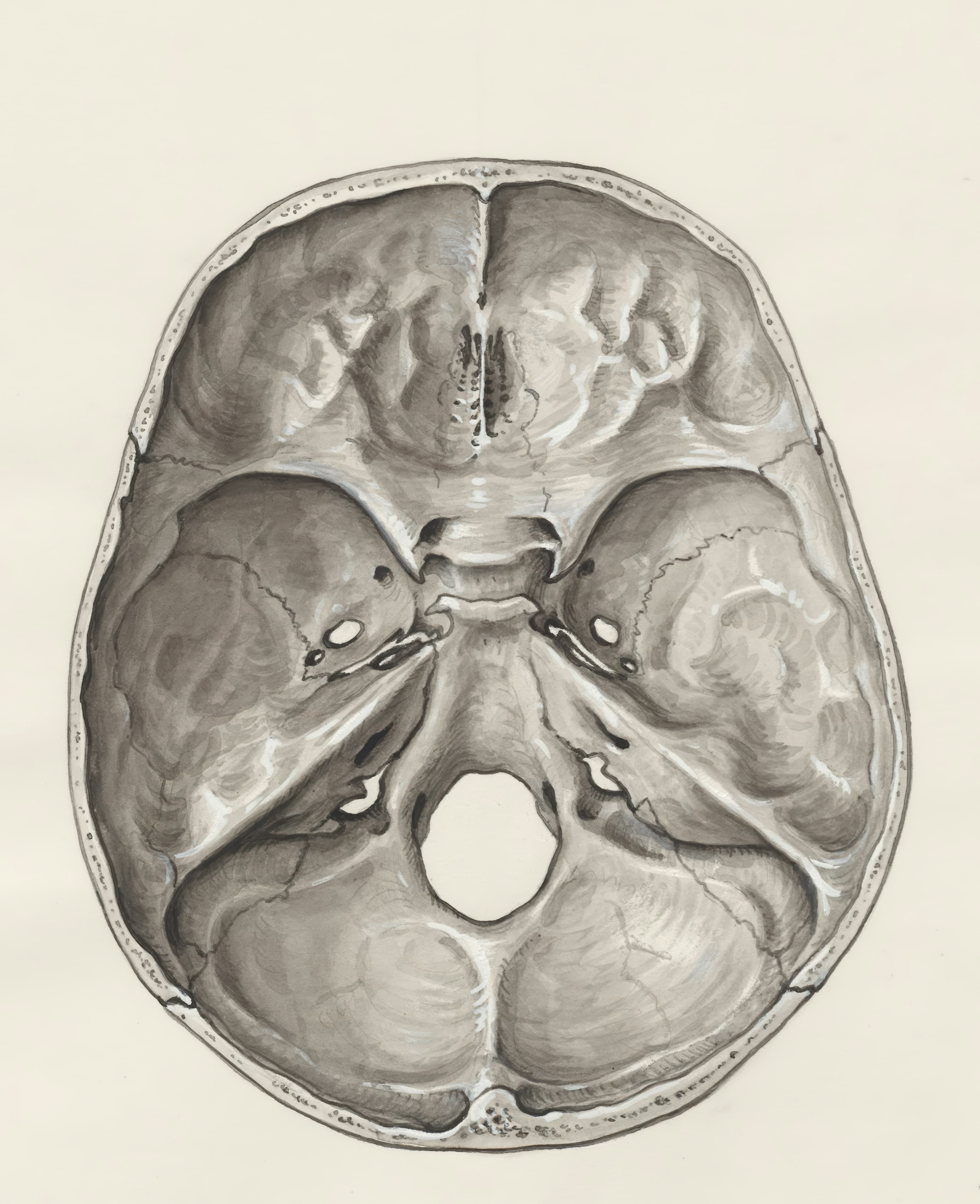Understanding the Purpose of Spirometry
Spirometry is a non-invasive test that measures lung function, including how much air a person can exhale in one second (forced expiratory volume or FEV1) and how much air they can exhale in total (forced vital capacity or FVC). Some of the purposes of spirometry include:
- Diagnosing lung conditions: Spirometry allows healthcare professionals to identify and monitor respiratory problems such as asthma, COPD, bronchitis, and emphysema.
- Assessing treatment efficacy: Spirometry results can help monitor the effectiveness of treatments and the progression of lung conditions.
- Evaluating fitness for surgery: Spirometry can help determine if a person is healthy enough for surgery requiring general anesthesia.
Understanding the Procedure of Spirometry
The procedure for spirometry typically involves the following steps:
- Pre-test preparation: The patient is instructed not to take any bronchodilators or lung medications for 4-6 hours before the test and to wear comfortable clothing.
- Testing: The patient is asked to take a deep breath and exhale as quickly as possible into a mouthpiece connected to a spirometer. This test is repeated several times to ensure accuracy.
- Analysis: The spirometer calculates lung function measurements like FEV1 and FVC, and displays the results on a graph called a spirogram.





